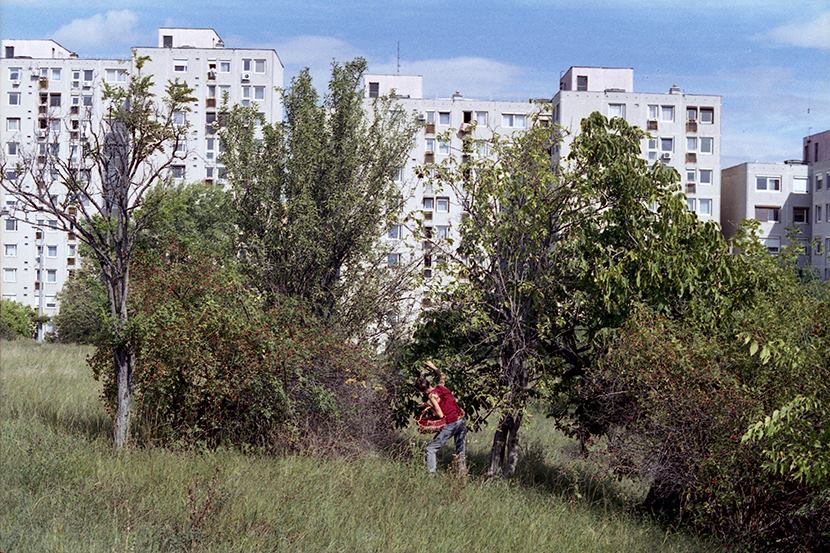Although the lockdown will not last longer than a few weeks, maybe months, the impulse will probably leave a longer-lasting mark on our lives, way of living and living spaces, too. The time spent forcibly at home, home office, being locked in and together all have their lessons already at this point – the question is whether these experiences are severe enough to define or shape how our future spaces will be designed.
In our interview series, we ask the representatives of different fields about how they think the epidemic changes our living spaces. In our final part, we asked urbanist Samu Szemerey, the professional leader of KÉK – Hungarian Contemporary Architecture Center.
In the past years, the promotion of interactions has been an important aspect in public space design, both on a small scale (squares, parks) and on a large scale (entire districts). Do you think this trend has come to its end due to the virus?
I don’t think this trend will change drastically. The question will rather be what kind of interactions we will try to promote and how. If we look at Budapest, we see that the use of parks and squares has increased significantly: people are sitting alone or in pairs in the parks, they run, and pursue various recreational activities. If we do all this from a decent and safe distance from others, it does us good both mentally and physically. So this priority will not change, there won’t be a break line.
If we look at the question in a broader sense, currently we don’t even know how dramatic the change will be. In the current situation everybody likes to project their own vision, may it be positive or negative. I would be a little more careful about the change turning our world upside down. Certainly a lot of things will transform (or at least change), but these will primary be visible in the long run, not now or immediately after the epidemic.
Back to the use of public spaces, I think probably some extent of distrust and fear of masses and gatherings will remain. Therefore, an appropriate distribution should be promoted in parks and public spaces, to avoid too many people being on the same spot. And by this I don’t only mean large parks and representative public spaces, but the spaces in neighborhoods, the wide sidewalks or the temporary outside spaces that have not functioned as a public space before. The significance of the latter will certainly grow in this period, in parallel with the advance of the attitude of making the city open as many spaces as possible to personal activities. To bring you an illustrative example, the sidewalk, which has been a single-function zone up until now, may give home to several activities (running, sports, relaxation).
Therefore, temporary spaces will gain a bigger role both on a small and a large scale, and I think meeting opportunities must still be supported, but we have to pay more attention to safety – distribution, distance, ventilation.
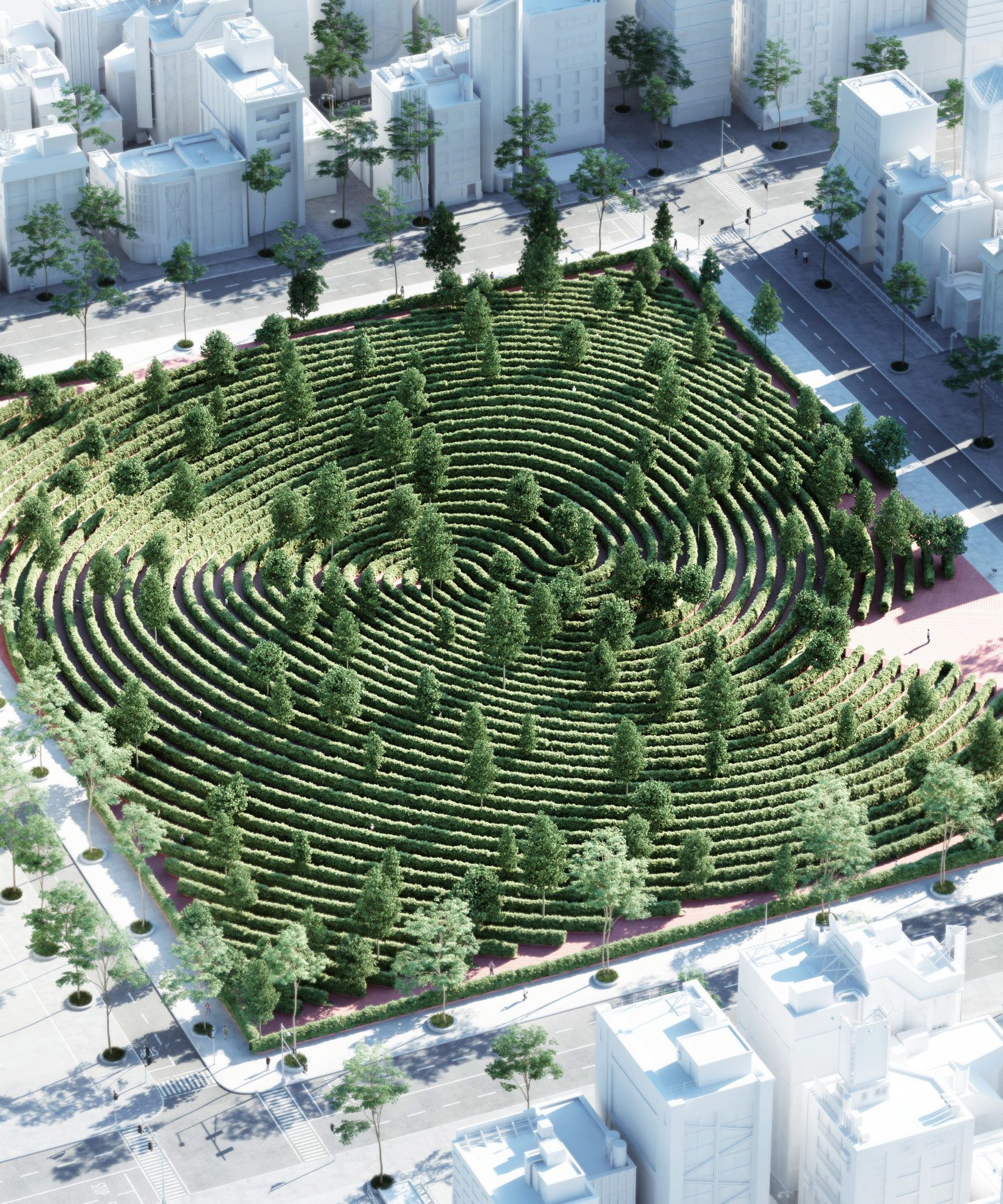
How do home office and digitization influence the use of public spaces?
The use of apartments fundamentally determines the operation of our cities. The fusion of the work-home split into two during industrialization, it has started years ago, it just couldn’t be felt as strongly is it is felt today. The home in a classic sense expanded more and more towards creative activities, and now we don’t need dedicated functions, but flexible spaces within our homes, too. However, we want to get out of the four walls sooner or later, and if we don’t have our own balcony or garden, then we need a space where we can continue our work or studies. And we can do this at a place that is safe enough and is close to our homes. Temporary spaces once again can have an increased role in this, with the focus being on neighborhood parks.
I would also mention the issue of office buildings here, which is yet another fascinating matter and can have a large-scale influence on cities. Many companies working in various sectors realize now that home office is something that actually works. This way, it is almost certain that significant changes will come in the corporate sector: many companies consider not bringing every employee back to the office full time, but to let them work from their homes to some extent. And this will have an impact on how much office space will become available, and for what functions will these be used (for example temporary apartments), and all this will influence public spaces, too.
Innovation takes place at a tremendous pace in relation to digitization, even if its’s forced. The activities that needed a fixed space until now (desk or classroom) can be performed with more flexibility owing to digital means. To give you a banal example, it is possible to learn about public spaces by bringing children to the given location instead of sitting in the classroom.

Another thing that is extremely important from this perspective is the abundance of new initiatives in the field of services. It is mentioned sometimes, but way less than it should be, that the everyday people, entrepreneurs and citizens who came up with a bunch of new initiatives in a blink of the eye, either for giving help, or for keeping their business alive are heroes of the epidemic, too. They do home delivery, they release flats for healthcare workers, companies launch new collaborations, support each other and so on. This shows that what has been regarded by many as operation by the government, the municipality or any kind of public institution, has become a much more open system suddenly, for example the tasks of offices are now performed by civilians helping each other. These are typically local networks, neighbors, districts, but there are national helping networks, too. I truly hope that many of these will remain viable after the epidemic, too, not only or charity purposes and in a self-exploitative manner, but as a functional business model.
This points towards a trend that I honestly hope will be realized, and we can already see its seeds in enthusiasm: a city operating in a multi-poled, multi-player system, supported by digital platforms, where everyone assumes more responsibility for, and are more involved in the operation of their own environment.
We would also like to support this at KÉK, therefore, we started to compile a list of new initiatives and projects that started to shape the operation of the city as a result of the epidemic. Our experience is that local governments are quite open to these programs and opportunities at the moment, which is a big difference compared to previous times. Many times they don’t have the necessary means or methods for cooperation, and their current tasks impose huge burdens on them, they don’t have too much capacity for long-term planning. The same way, companies and projects have less time and energy to think about wider-scope and long-lasting collaborations amidst their everyday tasks. Therefore, we would like to help them become viable, sustainable services than can be incorporated into the daily operation of our cities in the long run by providing professional consulting, mediation between the stakeholders and by thinking together. We will soon publish it as an open data base and we are already developing the methods allowing others to upload the projects that didn’t reach us.
Another significant issue is that of transportation and mobility. So far, we can see an unprecedented increase in cycling, but it is also possible that more people will resort to cars for safety reasons. Which of the two scenarios is more likely in your opinion? Are we on our way to a greener city finally?
Drastic changes are going down in transportation, of course, some of them only on a temporary basis. The volume of transportation has reduced in general, there are much less people in public transport, anyone who can afford it switched to some kind of individual form of transportation, which can be traveling by car– which is quite harmful for the city –, cycling or walking. There are opposite trends in a macro-perspective also: some talk about an upswing in suburbanization, and many people will want to move to areas where only transportation by cars is possible by default. This is not visible yet in Hungary.
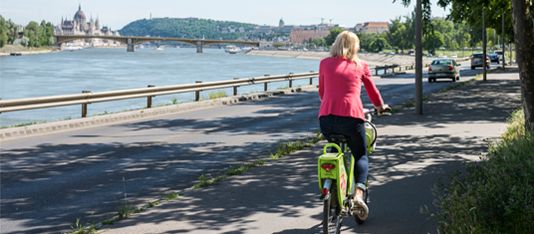
There is another possible path: the 15-minutes concept, also known as the compact city or city of short distances, the essence of which is that an amount of services should be available at several spots in the city that allow people to only go far away from their neighborhoods as rarely as possible. The goal is to be able to manage as many things digitally or in place as possible.
Urban transportation will have to be more flexible in the future for sure. In Budapest, we already see that it is possible, through the establishment of new bicycle lanes. If we do this smartly, this may result in the more even distribution of transportation. More flexible operation will certainly be necessary, as it is not likely that we will return to the normal – we will have to get used to a new normal instead. This new normal might come with frequent epidemics, to which we have to learn to adjust quickly. And we can gather experience for this now.
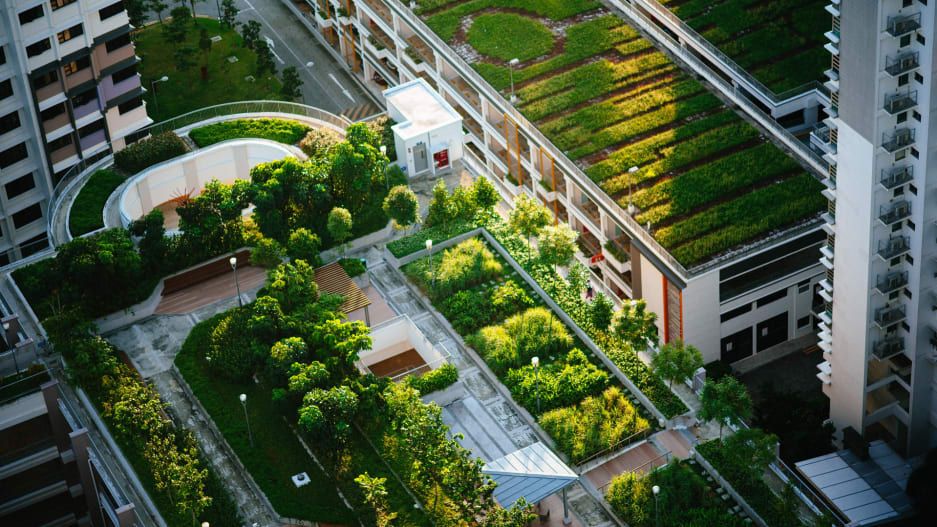
I think becoming more green is expected in this regard, as both the increase in pedestrian and bicycle transportation and the compact city might result in the increase of green surfaces. The fact that a house or condominium must fulfil several roles, and must function as a half-public space if needed by residents might also play a role. For example, rooftops and rooftop terraces are hardly utilized in Budapest, there are no green roofs or green facades. At the same time, this is not solely the responsibility of local governments: it also depends on the residents of the condominium and the owners how much they would spend on such developments from their own funds.
As an urbanist, what kind of changes would you welcome the most? Do you see any examples worth following?
I consider it very important that as many of the mentioned new initiatives formed in response to the epidemic subsist permanently as possible. I hope that we are headed towards more livable, economic and energetically more sustainable cities, with more bicycles and pedestrians, with shorter distances and more digital tools that facilitate effective work. These are all opportunities that we were reluctant to pursue, as people get quite attached to old habits by nature, at the same time, now it is possible to seize them owing to the current situation. For example we have already talked about digitization 15 years ago, and have been talking about home office for years, yet they have only become flexible tools available for a wider scope of people today.

As to other cities, it is interesting that if you asked this question in January, it would have been easy to answer, because some cities have been giving extremely good answers to the questions of urban planning for a long time. Including Vienna, Barcelona or Helsinki – even though they are all different, we could learn a lot from them. Now, however, how much the aspects changed and how this changed the positions is not clear yet. For example, we don’t now yet how a city that have built its strategy on a principle until a half a year ago that it had to rethink now is doing at the moment.
In Hungary, a positive change is that there is a willingness and motivation in local governments to learn from each other. City leaders were less inclined to do this before, and now everyone has their eyes on the other, and willing to look for new solutions for the new situation and new tasks. It would be good if this attitude subsisted, because it means a lot in terms of development.
KÉK Hungarian Contemporary Architecture Center | Facebook | Instagram
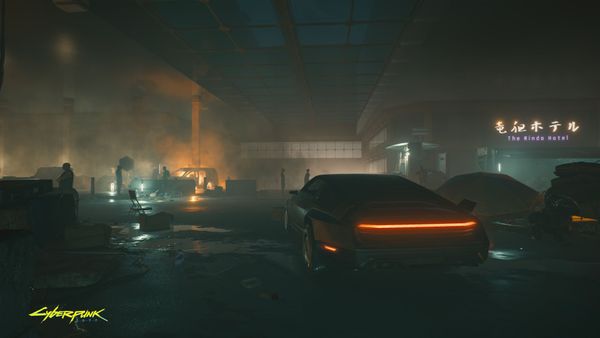
Cyberpunk 2077 | design a PC case mod










